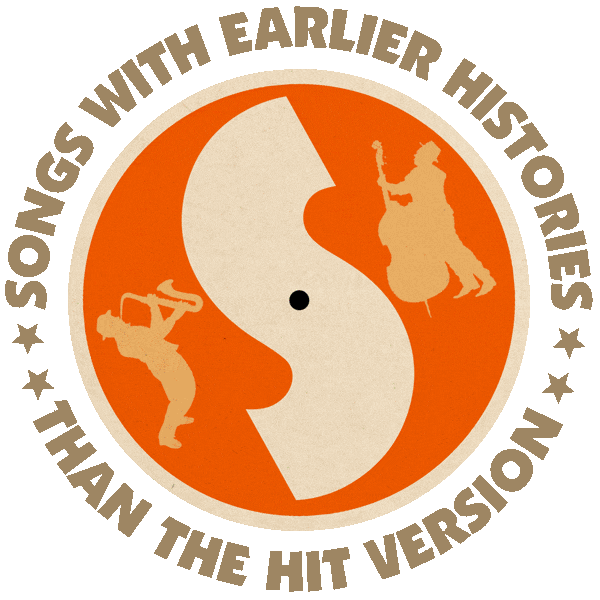First recorded (as a demo) by Tom Bahler (c. 1979)
First recorded (as a demo) by Michael Jackson (1979).
Hit versions by Michael Jackson (US #10/R&B #43/UK #3 1979), Johnny Duncan & Janie Fricke (C&W #17 1980).
From the wiki: “She’s Out of My Life’ was written by Tom Bahler. Although it has been claimed that Bahler wrote the song about his relationship with the late Karen Carpenter, Bahler has stated ‘The fact is, I had already written that song by the time Karen and I became romantic. That song was written more about [my then-girlfriend] Rhonda Rivera … it was after we broke up that I started dating Karen.’ The song became famous when recorded by Michael Jackson and released as the fourth single from his album, Off the Wall, in 1979. Producer Quincy Jones’ first idea was to record ‘She’s Out of My Life’ with Frank Sinatra. Michael’s demo (only him and an acoustic guitar) convinced Jones otherwise. (Demo was released as part of the This Is It bonus disc.)”

